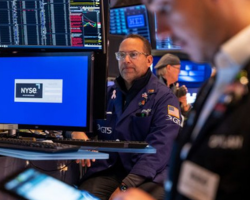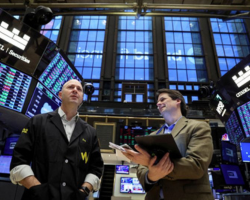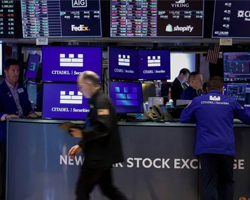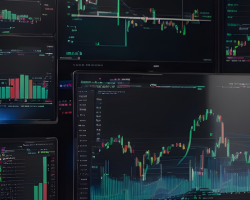Markets Hit Record Highs Amid Fed Uncertainty and Global Economic Shifts | Daily Market Analysis
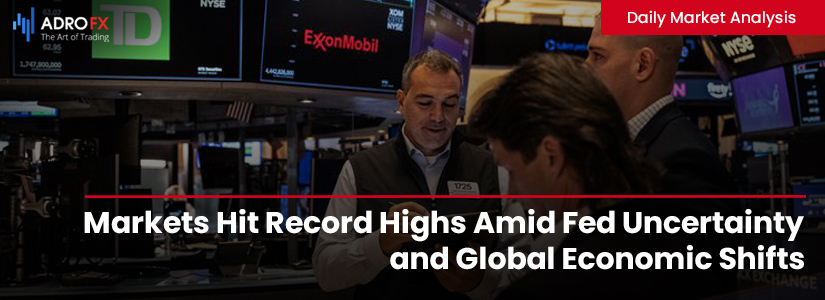
Key events:
- USA - Initial Jobless Claims
- USA - Philadelphia Fed Manufacturing Index (Feb)
- USA - Crude Oil Inventories
The S&P 500 notched another record close on Wednesday, marking its second consecutive all-time high, despite signals from the Federal Reserve indicating a pause in rate cuts.
The benchmark S&P 500 edged up by 0.2%, reaching a new peak of 6,140.88. The Nasdaq Composite, known for its tech-heavy composition, posted a modest 0.1% gain, while the Dow Jones Industrial Average climbed 71 points, or 0.2%.
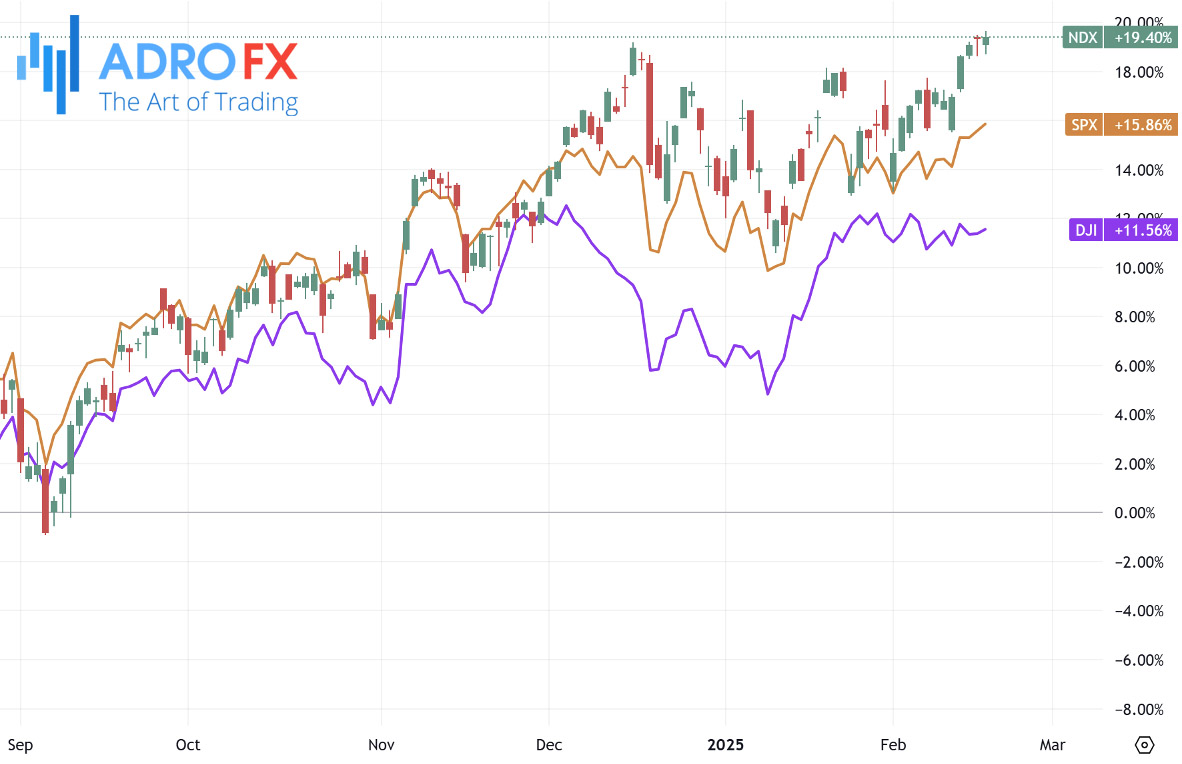
After recording two straight days of losses, GBP/USD steadied around 1.2590 in the Asian session on Thursday. However, the pair remains under pressure as the US dollar strengthened following President Donald Trump’s confirmation of a 25% tariff on pharmaceutical and semiconductor imports, set to take effect in April. Trump also reaffirmed that existing auto tariffs would remain at 25%, further intensifying global trade concerns.
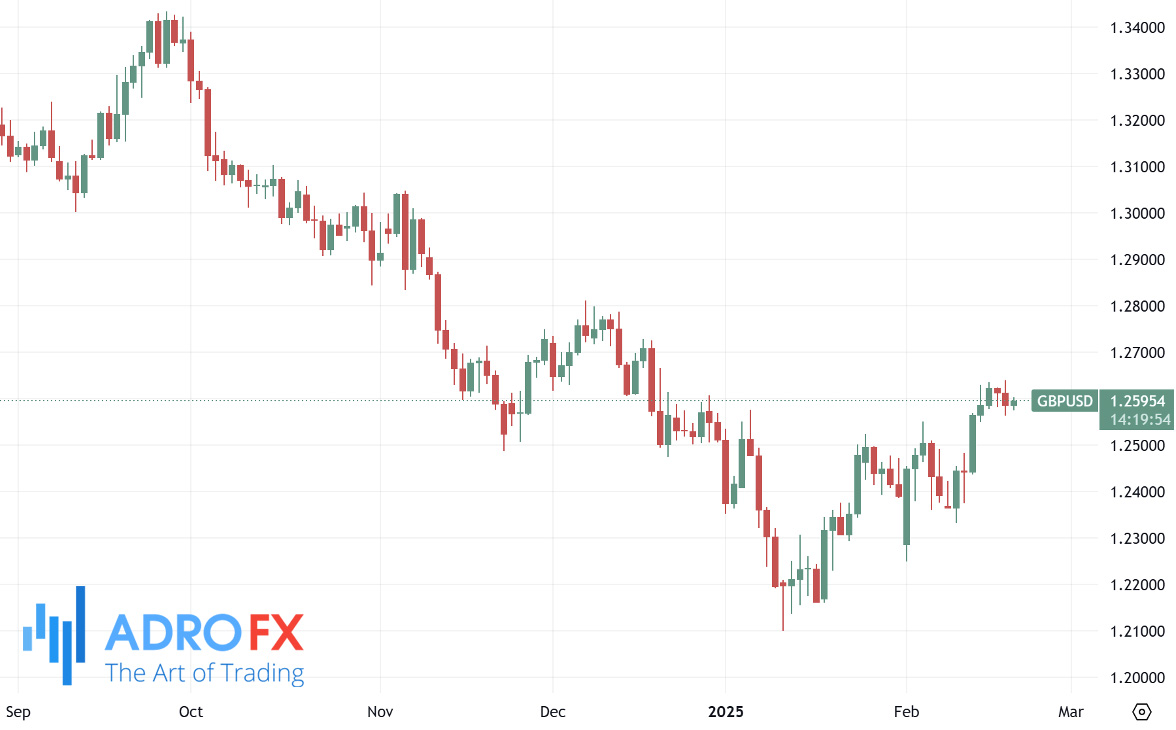
The Federal Open Market Committee Meeting Minutes, released Wednesday, reaffirmed the decision to keep interest rates unchanged in January. Policymakers stressed the need for further evaluation of economic trends, labor market conditions, and inflation before considering any adjustments. Additionally, they emphasized that concrete evidence of cooling inflation would be required before initiating rate cuts.
Despite inflation rising more than expected, the British pound failed to gain traction. The UK’s Office for National Statistics reported a year-over-year increase in the Consumer Price Index (CPI) to 3.0% in January, up from December’s 2.5% and surpassing the 2.8% market forecast. However, this figure remains significantly above the Bank of England’s 2% target.
BoE officials have acknowledged the possibility of short-term inflationary pressures due to energy price fluctuations. Governor Andrew Bailey reiterated that while inflation may see temporary increases, he expects a broader disinflationary trend to persist.
The Japanese yen continued its upward momentum heading into the European session on Thursday, as expectations of further Bank of Japan rate hikes gained traction. Japanese government bond yields surged to their highest levels in over a decade, narrowing the yield gap between Japan and other major economies, thereby boosting demand for the yen.
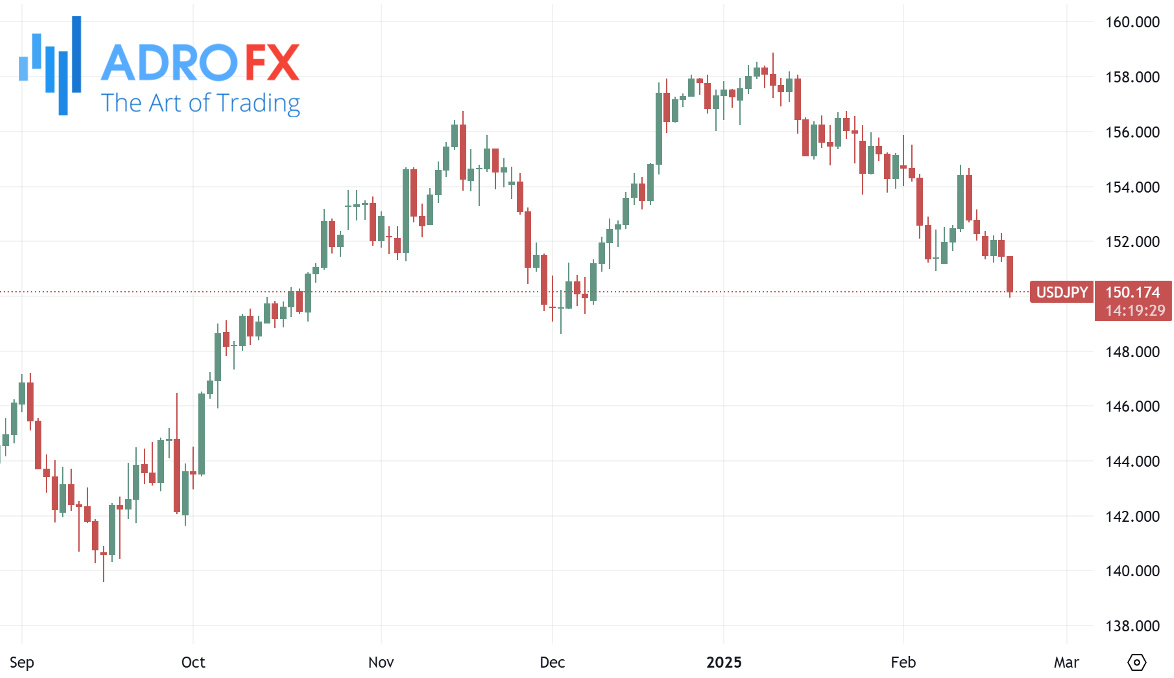
BoJ board member Hajime Takata noted on Wednesday that Japan’s real interest rates remain deeply negative, suggesting that additional monetary tightening may be necessary if the economy progresses as anticipated.
This follows Japan’s stronger-than-expected Q4 GDP data, reinforcing market expectations of further rate hikes. A recent Reuters poll revealed that over 65% of economists foresee the BoJ raising its key interest rate to 0.75% in Q3 2025, with wage growth estimates rising to 5.00% from January’s 4.75% projection.
The Australian dollar remained firm against the US dollar after the release of domestic employment figures and China’s decision to maintain its key interest rates. However, the AUD/USD pair faced some resistance as risk sentiment soured.
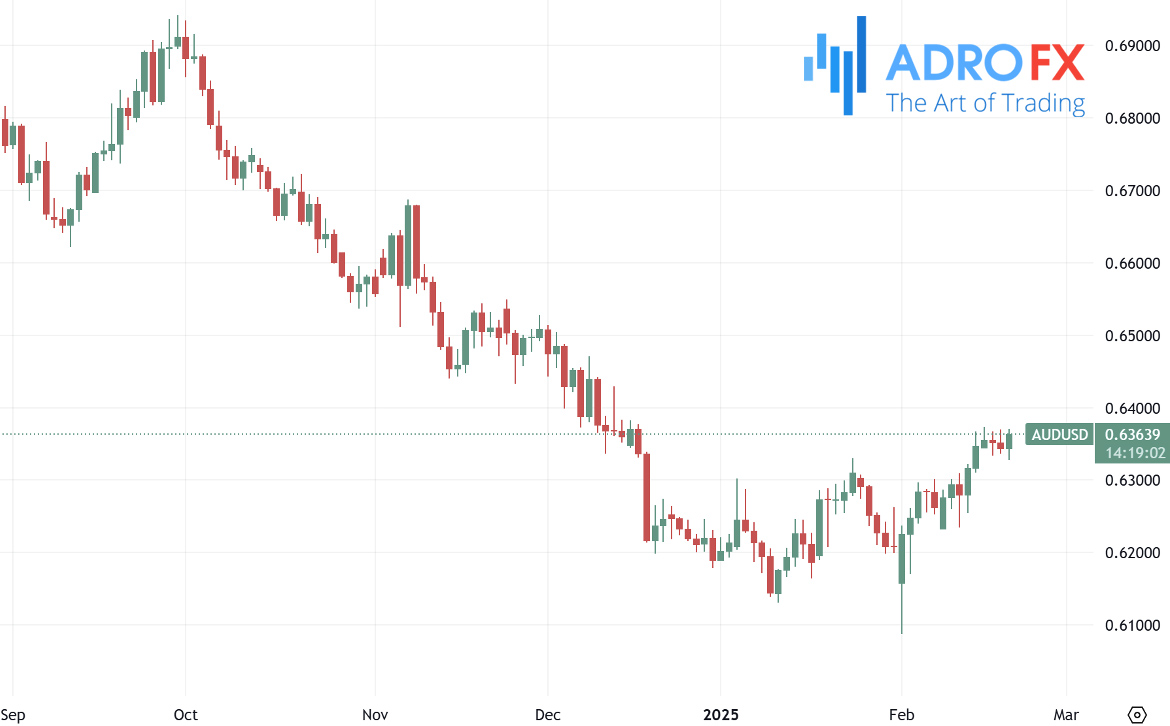
Australia’s seasonally adjusted unemployment rate ticked up to 4.1% in January from 4.0% in December, aligning with forecasts. Meanwhile, employment increased by 44,000 jobs, exceeding the market consensus of 20,000 but down from the previous month’s revised 60,000.
Speaking to Bloomberg News, Reserve Bank of Australia Deputy Governor Andrew Hauser reaffirmed that monetary policy remains in restrictive territory. He emphasized that while the latest jobs data does not raise major concerns, the central bank remains cautious about inflation trends. Despite market speculation of three to four rate cuts, the RBA remains uncertain about the timing of future easing measures.
Meanwhile, the People’s Bank of China opted to leave its Loan Prime Rates unchanged, with the one-year and five-year rates steady at 3.10% and 3.60%, respectively.
The Australian dollar also faced headwinds following the RBA’s surprise decision to lower its Official Cash Rate by 25 basis points to 4.10% on Tuesday - the first cut in four years. RBA Governor Michele Bullock acknowledged the strain of higher interest rates but warned against premature declarations of victory over inflation. She emphasized the labor market’s resilience and maintained that future rate cuts are not guaranteed.
The USD/CHF pair retreated during the Asian session on Thursday, snapping a three-day winning streak that had pushed it to a weekly high of 0.9055. Spot prices hovered around 0.9025, suggesting potential for further downside.
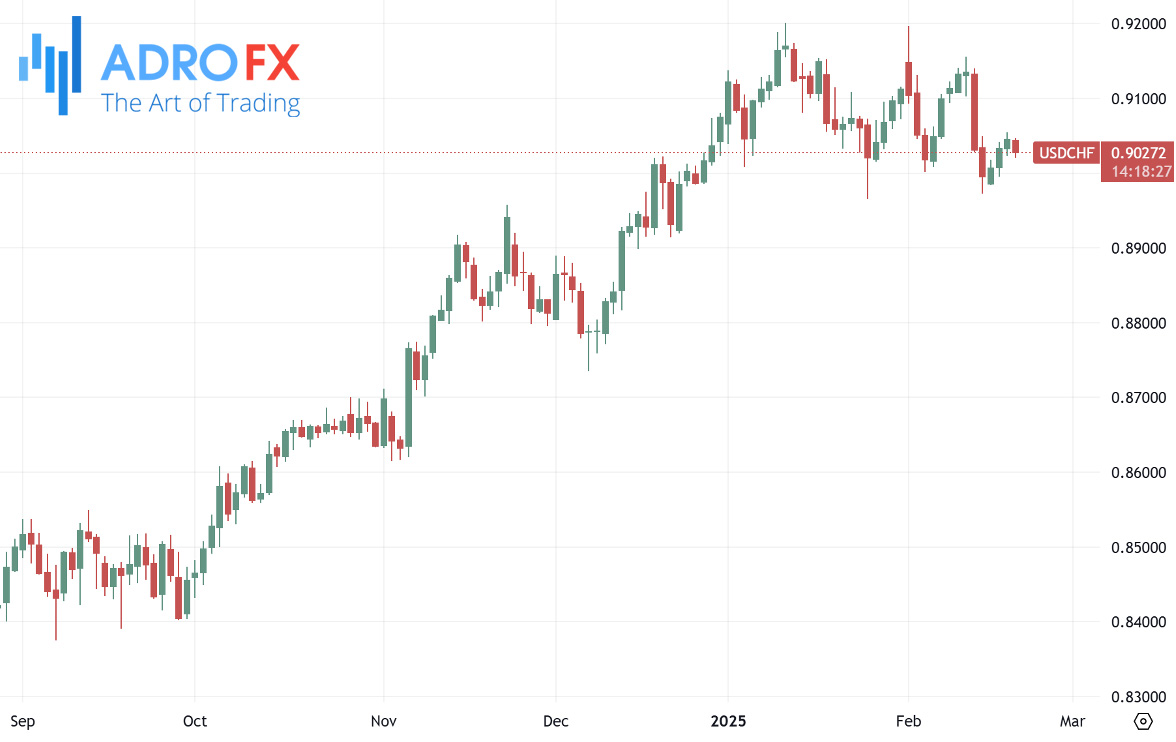
Traders are now turning their attention to key US economic data releases, including Initial Jobless Claims, the CB Leading Economic Index, and the Philly Fed Manufacturing Index, which are scheduled for release in the North American session.
